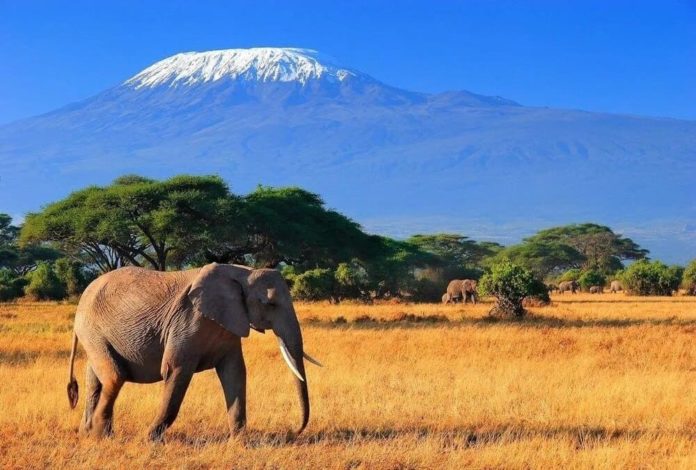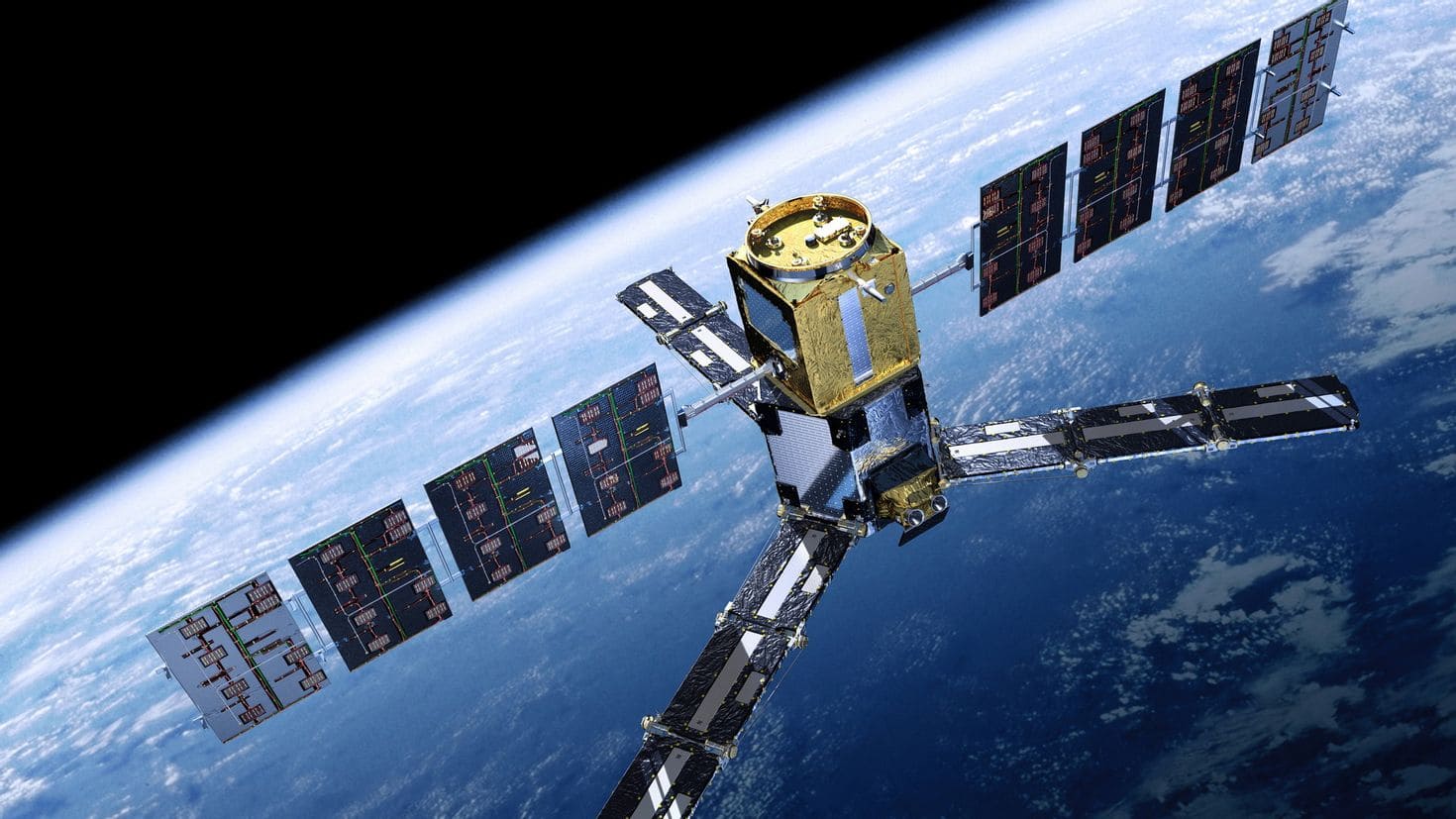Kenya’s rich biodiversity and iconic wildlife make it a focal point for conservation efforts. With the advent of modern technology, satellite applications have become an invaluable tool in the wildlife monitoring. By utilizing satellite technology, conservationists can monitor wildlife, track habitat changes, and combat poaching with unprecedented precision and efficiency.
The role of satellite technology in wildlife monitoring
Satellite technology has revolutionized wildlife monitoring in Kenya. Remote sensing allows for the collection of geospatial data over vast areas, providing detailed information on animal movements, population dynamics, and habitat utilization. This data is critical for species tracking and understanding ecological balance in regions like the Maasai Mara and Tsavo National Park.
Habitat mapping and conservation efforts
Accurate habitat mapping is essential for effective conservation. Satellites provide high-resolution imagery that helps in creating detailed maps of wildlife habitats. These maps are used to identify critical areas for conservation, monitor changes over time, and implement habitat restoration projects. This is particularly important in regions facing threats from deforestation and land degradation.
Preventing poaching with advanced technology
Poaching remains a significant threat to Kenya’s wildlife. Satellite technology, combined with GPS tracking and drone integration, enhances anti-poaching efforts. Real-time monitoring systems allow rangers to respond quickly to poaching incidents, while predictive modeling helps identify poaching hotspots. This integration of technology is vital for protecting endangered species such as elephants and rhinos.
Climate change and Its impact on wildlife
Climate change poses a significant challenge to wildlife conservation. Satellites play a crucial role in climate change analysis by providing data on weather patterns, precipitation trends, and climate variability. This information helps conservationists understand how climate change affects wildlife and their habitats, enabling the development of strategies to mitigate these impacts.
Environmental protection and sustainable practices
Satellite applications extend beyond wildlife monitoring to broader environmental protection efforts. By analyzing satellite imagery, conservationists can monitor deforestation, land degradation, and other environmental changes. This data supports sustainable conservation practices and the implementation of renewable resource strategies to ensure long-term ecological health.
Community engagement and conservation education
Successful conservation requires the involvement of local communities. Satellites aid in community engagement by providing visual data that can be shared with local populations. Conservation education programs utilize this data to raise awareness about the importance of protecting wildlife and their habitats. Indigenous knowledge integration is also facilitated through satellite technology, ensuring that traditional practices are respected and incorporated into conservation strategies.
Challenges and future prospects
Despite the benefits, there are challenges in using satellite technology for wildlife conservation. Data accuracy, technology costs, and logistical issues can hinder efforts. However, continuous advancements in remote sensing and big data analytics offer promising future prospects. Innovations such as AI in conservation and predictive modeling are set to enhance the effectiveness of satellite applications in wildlife conservation.
Satellite applications are transforming wildlife monitoring in Kenya. From habitat mapping and poaching prevention to climate monitoring and community engagement, satellite technology provides powerful tools to protect and preserve Kenya’s natural heritage. As technology continues to evolve, so too will the strategies and methods used in conservation, promising a brighter future for Kenya’s wildlife.



